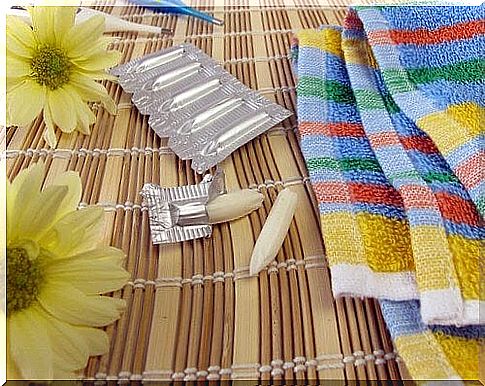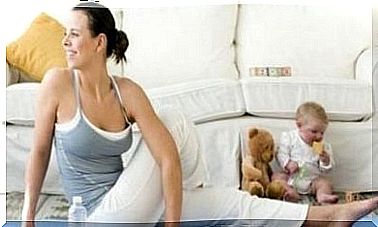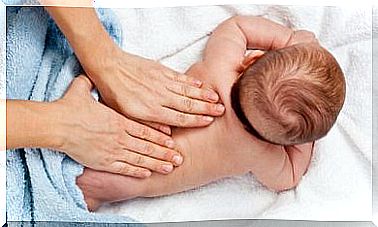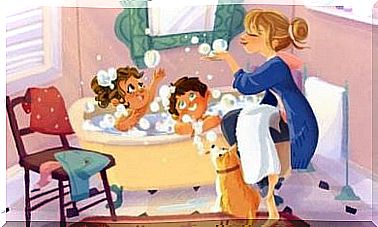Suppositories For Children: Everything You Need To Know

Some medications can also come in the form of suppositories. Since they are not very comfortable, they are not the most common way of administering medicines. Despite this, in some cases it is still used, especially with children. In the following lines we report some data that it is good to know about suppositories for children.
What are suppositories?
Suppositories are a way of presenting some drugs. It is a drug dissolved in a substance that is solid or semi-solid at room temperature. They are intended for rectal administration. In fact, suppositories are introduced into the body through the anus.
When are they used?
Not all medicines are available in this form. In addition to this, given that they are often very uncomfortable and due to the disadvantages they present, their use is increasingly limited to certain situations.

A suppository can be used in case of problems affecting the anus area, such as hemorrhoids, or for the drug in question to have an effect on the whole organism. The cases in which their use appears more extensive mainly concern children with:
- Vomiting, which prevents the child from absorbing medicines by mouth.
- Difficulty swallowing.
- Emergency situations, such as seizures.
- Temperature.
- Occasional constipation (the supposedly known glycerin).
How are suppositories for children administered?
Each brand has a leaflet containing the manufacturer’s instructions. Despite this, generally one must follow a series of identical steps in all cases:
- Wash your hands before handling the suppository.
- The suppository must be hard. If it is too soft, keep it in the refrigerator and let it cool for half an hour. Alternatively, you can put it under running cold water with the wrapper tightly closed.
- Let the baby lie on his side. The lower leg must be extended, while the upper one must be bent towards the navel.
- Introduce the suppository into the baby’s anus, exerting light pressure with the finger in the direction of his navel. Contrary to popular belief, it is advisable to introduce the suppository from the flat side rather than the pointed one. This way we ensure it is inserted correctly and it will not come out easily.
- After putting the suppository correctly, squeeze the baby’s buttocks for a few seconds. Afterwards, the baby will have to lie down for about 10 or 15 minutes to give the suppository time to be absorbed correctly and to prevent it from coming out.

Precautions to be considered
Like any other medicine, suppositories also have an expiration date. It is therefore important to check that the suppositories have not expired before using them.
Each pharmaceutical company will indicate the measures to be taken to preserve them in the right way. Sometimes you have to keep them in the refrigerator, other times, instead, it is enough to keep them in a cool and dry place.
Finally, given their particular method of administration, it is always important to introduce them carefully to avoid hurting the baby. If we want the drug to work properly, we must give it time to act and check that the baby does not expel it from the anus.
Suppositories for children: in summary
Suppositories for children, although they are used more and more sporadically, in some so continue to be more suitable for administering a medicine. For example, in case of vomiting and a fit of convulsions.
Given the particularities of suppositories, it is important to know how to store them and how to apply them correctly. Finally, you must always keep in mind that the most reliable instructions are those provided by the pharmaceutical company that produced the purchased suppository.









